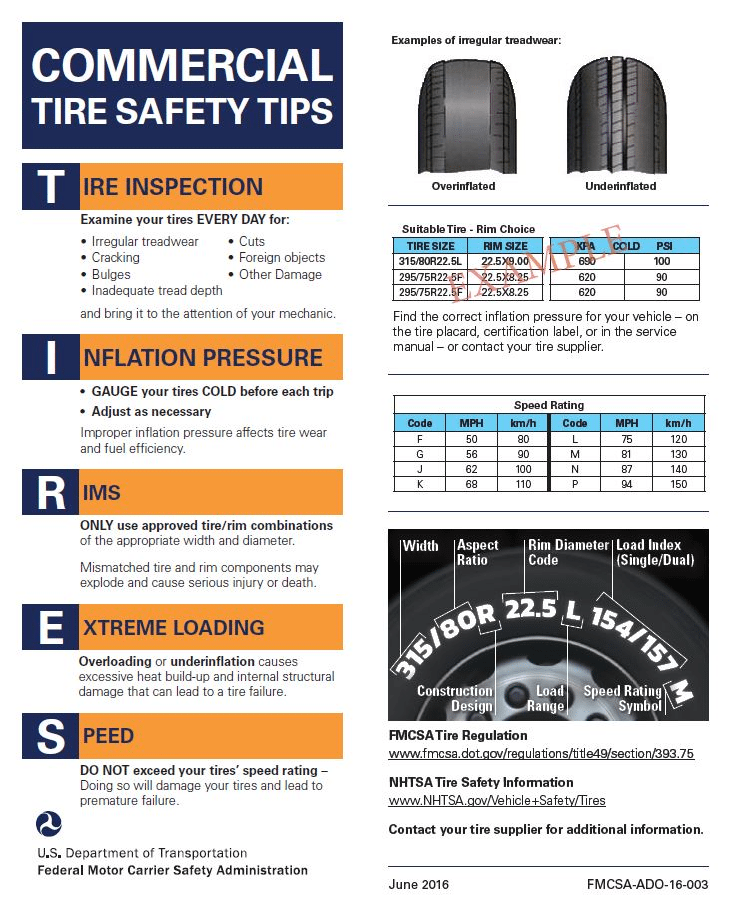Trucker Maintenance Tips

In trucking, the big costs are fuel, equipment, and maintenance. So, maintenance tips and reminders pay for themselves.
Proactive maintenance can also save both time and money by keeping a truck on the right side of the safety regulations and keeping jobs running smoothly.
Make Your Smart Phone Your Assistant
Most every truck driver has a smartphone today, so the best tips of all are to:
- Use the built-in NOTES app on the smartphone to keep an easy-to-find Pre-Trip and Post-Trip Truck Inspection Checklist.
- Use the built-in CALENDAR app on the smartphone to schedule Key Maintenance Checks.
If you use a smart calendar to keep you posted when equipment and parts need maintenance, you can simply set the alert function to emit a reminder sound. You won’t have to go looking.
Pre-Trip and Post-Trip Truck Inspection Checklist
Keep a stress-free frame of mind. Avoid being pulled over or dealing with a breakdown on the job with this checklist.
- Check the lights. All should be working: headlights with working low and high beams; brake lights, trailer lights, and tail lights; marker lights; turn indicator lights.
- Inspect wheels and tires. Look for any cracks, swelling, cuts, nails, or other damage.
- Check for ice, snow, and debris.
- Check oil and fluids, and look for any leaking oil.
- Inspect the air system, and check the air hoses.
- Examine windows for any looseness or breakage.
- Inspect brake shoes.
Top Tips for Tires
The National Highway Traffic Safety Administration has a division that investigates tire performance and malfunctions. This division, the Office of Defects Investigations, has found three main issues that cause tire failures, and they are:
- Driving at higher speeds than the tire speed ratings;
- Overloaded front axles
- Increased time the tires are in use.
With these factors in mind, here are a few good trucker tips to remember, so tires keep working well and support driver safety:
- Note that driving at speeds the tires can’t handle will lead to premature tire failure.
- Overloading or underinflation means you get too much heat in the tire, and structural stress on the tire. Combined, it’s a recipe for a blown tire. Know the right amount of PSI for your truck. If it can’t be read on the tire itself, it will appear in the service manual or you can find it with an online search.
- If you see worn treads around the middle surface where the tire runs along the road, that’s a sign of overinflation. If the treads are worn on the outer edges of that surface, you’re looking at underinflation.
- When you check your tires, do it first thing, before you start moving—before they heat up.
- Look out for mismatched tire and rim components. The tire and rim have to match, with the right width and diameter. This is crucial. Tire explosions can kill.

Maintenance as Trucker Integrity
When you’ve joined the Knight Transportation team, you’re working among the safest professionals in the industry. Integrity in our attitude about maintenance is a key reason why.
Our drivers model this integrity every day.
